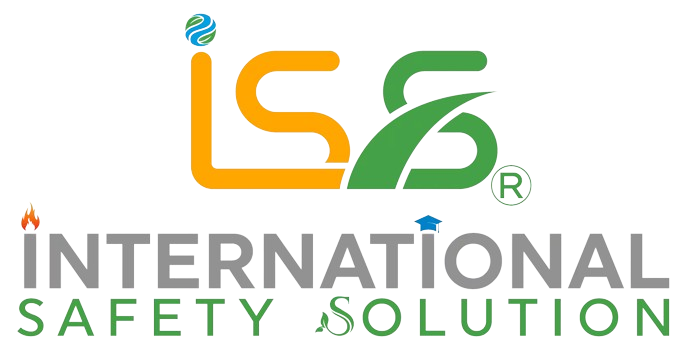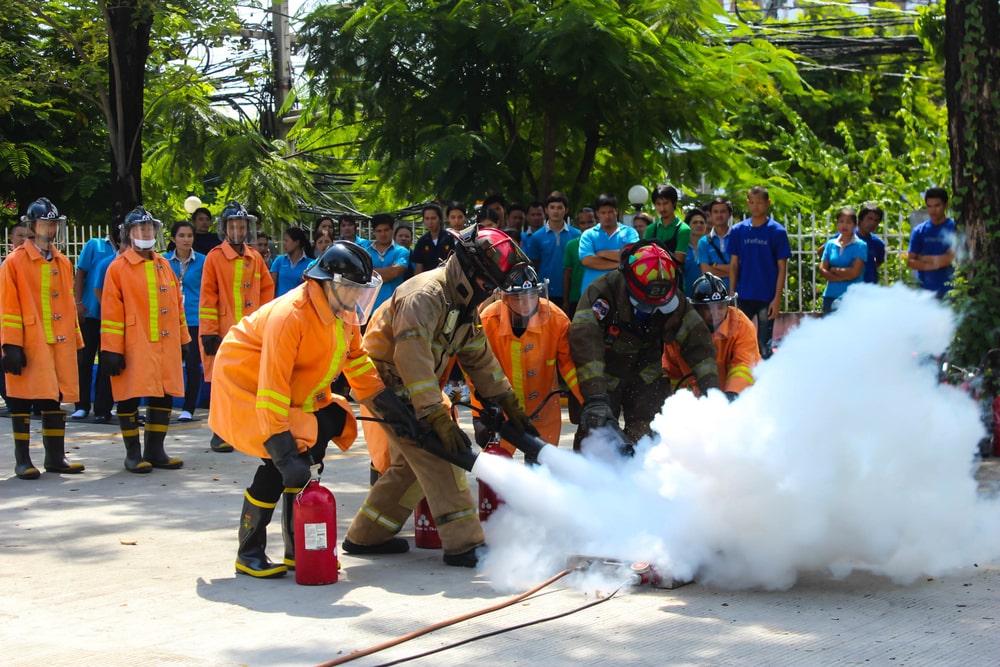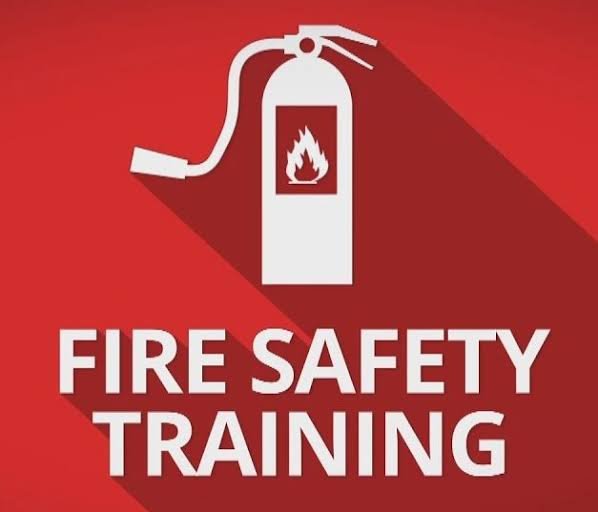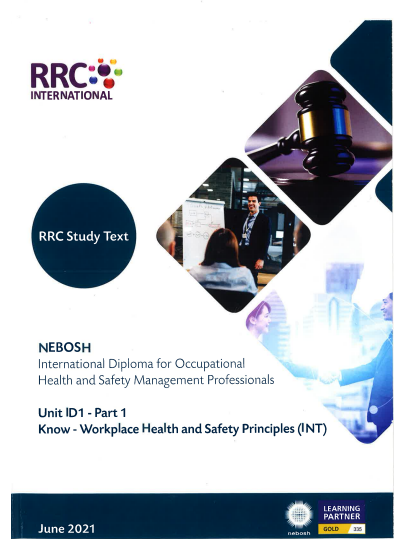How to Train Employees on Fire Safety Procedures: A Complete Guide
Workplace fires pose a serious risk to life, property, and business continuity. Whether your organization operates in an office, factory, construction site, or industrial plant, fire safety training is essential. It equips employees with the knowledge and confidence to respond swiftly and correctly in emergency situations, reducing the likelihood of injuries, fatalities, and significant damage.
This comprehensive guide outlines the step-by-step process for effectively training your workforce in fire safety procedures.

1. Conduct a Fire Risk Assessment
The foundation of any fire safety training program is a detailed understanding of the fire risks present in your specific workplace.
Key elements of a fire risk assessment include:
- Identifying ignition sources such as electrical faults, open flames, or hot equipment
- Recognizing combustible materials like paper, solvents, chemicals, or gases
- Evaluating structural vulnerabilities such as poor ventilation or blocked exits
- Reviewing existing fire detection and suppression systems
- Assessing who is at risk, including employees, visitors, and vulnerable individuals
The findings from this assessment will inform the content and scope of your training.
2. Develop a Fire Safety and Emergency Evacuation Plan
Your organization must have a documented fire safety plan tailored to its operations and layout. This plan should be shared with all employees and used as the basis for training.
The plan should include:
- Clearly marked and unobstructed emergency exits
- Alarm activation and communication procedures
- Assigned responsibilities (e.g., fire wardens, first aiders)
- Safe evacuation routes and assembly points
- Procedures for assisting disabled or injured individuals
- Protocols for shutting down critical equipment (if applicable)
- Contact information for emergency services
The fire safety plan should be reviewed regularly and updated when there are changes in operations, layout, or staffing.
3. Deliver Formal Fire Safety Training Sessions
Classroom-style training sessions should be conducted for all new hires and regularly repeated for existing employees. These sessions should combine theoretical knowledge with practical guidance.
Topics to cover:
- The causes and types of workplace fires
- Understanding the fire triangle (heat, fuel, oxygen)
- How fire detection and suppression systems work
- Proper use of different types of fire extinguishers (CO2, foam, water, dry powder)
- The PASS technique (Pull, Aim, Squeeze, Sweep)
- Alarm procedures and evacuation protocol
- Actions to avoid during a fire (e.g., using elevators, re-entering the building)
Use visual aids such as diagrams, videos, and case studies to reinforce key concepts. Consider including assessments or quizzes to evaluate comprehension.

4. Conduct Regular Fire Drills
Fire drills are essential for reinforcing learned procedures and preparing employees for real-life emergencies. These drills should simulate realistic scenarios to test the effectiveness of your fire safety plan.
Best practices for fire drills:
- Schedule drills at least twice a year, or more frequently in high-risk environments
- Include all staff, including management, contractors, and temporary workers
- Practice evacuating from various locations within the building
- Time the drill and record observations on speed, organization, and compliance
- Evaluate the performance of fire wardens and other assigned roles
- Debrief participants and identify areas for improvement
Post-drill feedback sessions are critical for refining procedures and correcting any shortcomings.
5. Assign Specific Fire Safety Roles and Responsibilities
Certain employees should be assigned additional responsibilities to ensure a safe and orderly evacuation.
Common roles include:
- Fire wardens or marshals: Responsible for guiding staff, checking rooms, and ensuring no one is left behind
- First aiders: Trained to assist anyone injured or affected by smoke or panic
- Floor captains: Ensure evacuation of their designated area and report to the incident commander
These individuals should receive more advanced training and participate in leadership roles during drills.
6. Provide Practical Fire Extinguisher Training
Knowing how to use a fire extinguisher can prevent small fires from escalating. Hands-on fire extinguisher training should be part of your fire safety program.
Training should include:
- Identifying the correct type of extinguisher for different fire classes (A, B, C, D, K)
- Learning the PASS method (Pull, Aim, Squeeze, Sweep)
- Safe distance to stand from the fire
- Understanding when it is appropriate to use an extinguisher versus evacuating
Live demonstrations, controlled practice sessions, and even virtual simulations can enhance understanding and build confidence.
7. Offer Refresher Courses Annually
Fire safety is not a one-time activity. Regular refresher training ensures that employees stay aware of procedures and reinforces correct behavior.
Refresher training should cover:
- Updates to the fire safety plan
- Changes in equipment, layout, or procedures
- Reinforcement of evacuation and extinguisher use
- Review of any incidents or near-misses that occurred during the year
Keep records of all training sessions, participants, and outcomes to comply with regulatory requirements.
8. Promote a Culture of Fire Safety
Fire safety must be embedded into your workplace culture. Encourage employees to:
- Report hazards such as blocked exits or faulty wiring
- Keep fire doors closed and clear escape routes
- Take drills seriously and participate actively
- Support and cooperate with fire wardens
Regular posters, digital reminders, toolbox talks, and visible signage can reinforce awareness on a daily basis.
Conclusion
Training employees on fire safety procedures is a legal duty and moral responsibility. By conducting thorough assessments, offering practical training, and promoting an ongoing culture of safety, employers can significantly reduce the risk of fire-related incidents. A prepared workforce is the first line of defense against emergencies—and their knowledge could be the key to saving lives.





